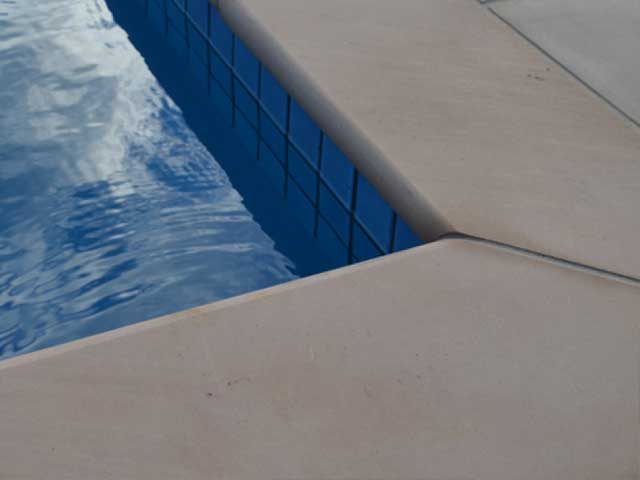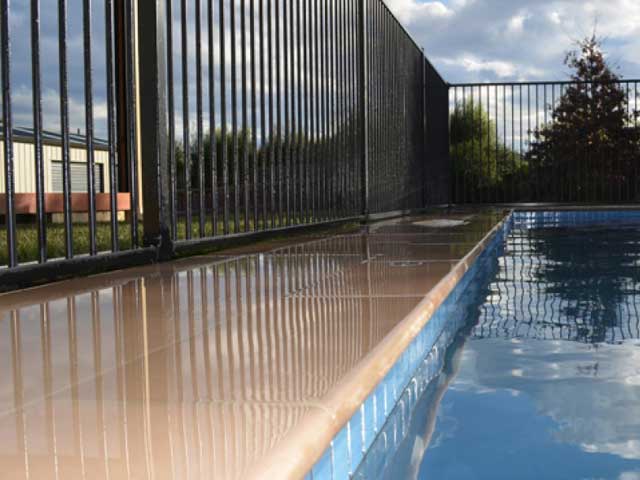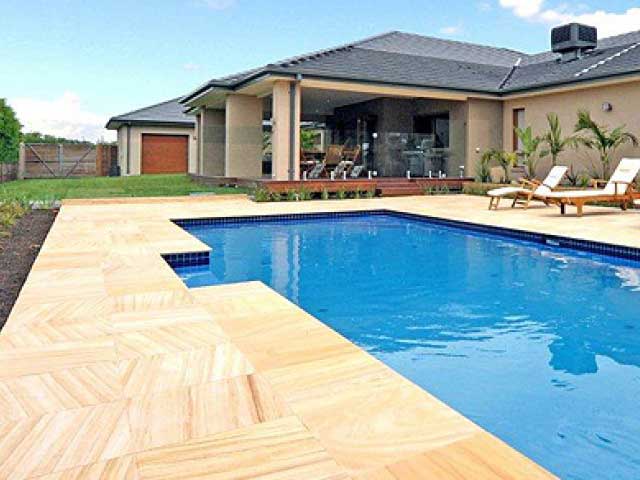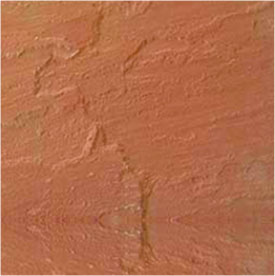Major Reasons To Choose Natural Stone Pool Coping
February 26, 2022 AdminHaving a swimming pool in your home is nothing less than a luxury. This is particularly true when you live in an area that has a hot and arid climate. However, when it comes to building a luxurious swimming pool, a number of things need to be kept in mind and one of them is pool coping. When designing a swimming pool, choosing the right kind of pool coping becomes important as it brings a considerable difference in the overall look of the pool. This is where natural stone pool coping emerges as the best choice.
What is Pool Coping?
Coping is essentially a term that is used to classify the material used to cover the pool’s edge or shell wall. The various coping materials available are on-site concrete, tiles, sandstone, precast concrete, tile, natural stone, etc.
When building your in-ground swimming pool, it will most likely have made the use of steel on its joints or the pool wall’s upper exterior. Coping is supposed to cover it beautifully. Similarly, it can help drive the water away from your swimming pool and the drainage of the floor. In other terms, it enhances the safety of pool users and lends an aesthetic appeal to your backyard.

Some more reasons behind the use of pool coping are:
- Avoid water penetration in the region behind the pool shell.
- Keep debris from entering the pool water.
- Activate automatic pool shelter through mechanical devices
- Reduce the risk of slippage by serving as a non-slip surface at the pool edge.
A Swimming Pool’s Anatomy

Be it any kind of swimming, the basic structure of the pool remains the same. The variable parts are its shape, depth, size, and water flow.
- Basin or bottom-floor services as the base of the swimming pool
- Sidewalls keep the water in the pool reservoir and act as a barrier to the land neighbouring the pool.
- The pool deck acts as the floor on the adjacent surface of the pool.
- Pool coping provides an edge to the upper border of the pool and limits to the pool deck.
Pool Coping Types
There are majorly three types of pool coping.
Bullnose Coping – It features a smooth and curved edge that looks like a bullnose.
Flat-mount Coping – It boasts an edge with even corners and does not dangle over the pool.
Cantilever-edge Coping – It has an edge that dangles a bit over the pool sides.

Blue Limestone 
Camel Dust Sandstone 
Kota Blue Limestone
Major Benefits of Natural Stone Pool Coping
1. Natural stone pool coping is visually stunning
As natural stones carry an inherent beauty, they are best for pool coping. These stones feature patterns, grains, styles, colors, and the ability to be polished or finished differently, be it chemical or mechanical. Each natural stone is unique in itself. As every stone has a unique pattern and finish, natural stone pool coping emerges as the best choice for design-centric projects.
However, make sure you choose a reliable and expert natural stone supplier who can understand your specific needs and provide the right size of pool coping for your pool project.

2. Natural stone pool coping lasts longer
Natural rocks boast an impressive hardness over concrete and other materials. This means they can easily withstand different types of hits. In addition, the viscosity and porosity of natural stones enable them to overcome various extreme weather conditions like scorching heat and bitter cold. Thus, stones stay longer against the splashes produced during the swimming activity and frost that shapes up in highly cold winter months.

3. Natural stone pool coping is safe & secure for pool users
Natural stones come in different types of surface finishes. It means you can choose the most appropriate finish to keep the stone’s surface non-slippery. It also prevents damp legs from slipping while you dive into the pool. Swimmers can easily take different types of approaches to dive. During monsoon, you can walk securely on the showery surfaces of the pool edge and deck region for cleaning and swimming chores.
4. Natural paving stones pool coping is easily maintainable
As natural stones are hard-wearing materials, they cannot crack or break easily. A majority of these stones carry natural properties against stains and don’t get stained, particularly siliceous stones. However, the recent advancements in coating or sealing technologies have made natural stones foolproof against regular wear & tear.
The skeleton of a surface finish of the stone also determines how easier it is to clean the dirt, debris, stains. The commonly used cleaning agents for pool coping are simple water, detergent, and sometimes vinegar.
Considering the big size of the stone, the selected stone finish should make it easier to replace or restore the damaged part.
5. Natural stones swimming pool copings come in different styles and designs
Pool coping comes in three main styles – flat mount, cantilever, and bullnose. One can achieve a high level of customization by choosing from a wide range of styles. You can set different shapes of stones for coping and create a unique pattern, layout, and design to give a soothing yet operative appearance that others may love.

6. Natural paving stone pool coping helps in the retention of the sidewalls
Swimming poolside walls face load resistance from two sides. One from the weight of water in the pool and another from the landmass under the pool deck. A natural stone pool coping is known to thwart any damage to the side walls by providing a cover from the top.
Natural stones are found to be inherently powerful and apt in managing the heavy load of water along with other adverse elements.
The Conclusion
Though pool coping can be done using different materials, natural stone pool coping tends to have its own benefits in terms of looks, durability, maintenance, and cost. This is why architects and construction experts prefer sandstone pool coping, granite pool coping, slate pool coping, and quartzite pool coping.











